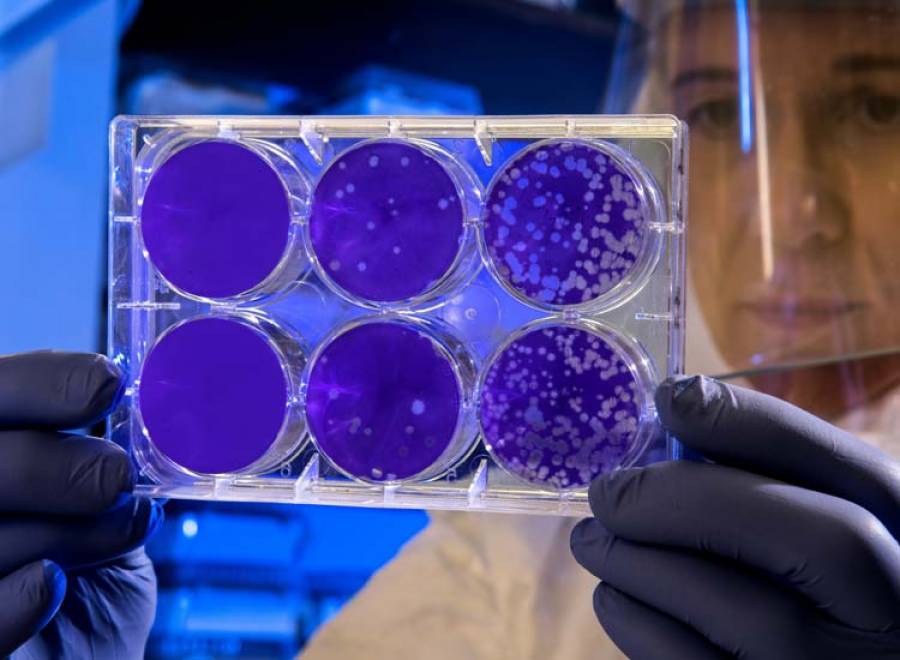Increased Antibiotic Efficacy Against Superbugs: Research

An integrative venture powered by European Molecular Biology Laboratory – Australia (EMBL-Aus) researchers has discovered a process to increase antibiotic efficacy towards bacteria that have grown resistant to antibiotics called Superbugs.
Antimicrobial resistance has mutated over the years and is a top priority public health threat facing the world, says the World Health Organization (WHO).
This research could be the answer to increasing the healing capabilities of antibiotics without clinicians having to administer patients with higher doses to accelerate the effects or wait around for a new type of antibiotic altogether.
When bacteria invade a body, the body utilizes chemoattractants – a molecule that aids in grouping neutrophils towards the infection location. Neutrophils are invulnerable cells that can capture and kill harmful bacteria, and they are vital to the immune system and its response. Hence, researchers tried to emulate the exact mechanism. They were putting a chemoattractant onto an antibiotic, aiding them to collect immune cells and naturally improving their killing capacity.
Nature Communications published the findings.
“When we observe how our immune system can combat bacteria, there are two key facets we look at. The first is the skill to trap bacterial cells and kill them. The second is the chemoattractants and how they alarm more neutrophils. These immune cells direct the immune system’s response to limit the infection,” said Dr Jennifer Payne, head researcher from EMBL Australia and the Monash Biomedicine Discovery Institute.
The researchers connected formyl peptide, a chemoattractant, to vancomycin, a routine antibiotic. They proceeded to execute their findings on golden staph infections, a troublesome antibiotic-resistant bacteria.
“We’ve been trying to utilize dual-function antibiotic-chemoattractant called ‘hybrids’. They help with the gathering of neutrophils and increase the rate of killing bacteria,” said Dr Payne.
“This is very encouraging. The new research opportunity is full of potential against the superbug menace,” said Associate Professor Cryle.
“Microfluidics was revolutionary in this research, as it helped us to produce an infection-on-a-chip to supervise the immune cell response, and witness in real-time how our immunotherapeutic boost their skill to kill MRSA. Emulating what would happen in our body,” said Dr Payne,
Associates are being requested to proceed with this research into clinical trials to develop a preventative antibiotic tactic in the intensive care situation to protect those amongst us most vulnerable. The research work has led to a patent screening, and Monash University owns the IP.
Reference:
Nature Communications titled: Antibiotic-chemoattractants enhance neutrophil clearance of Staphylococcus aureus.
DOI : 10.1038/s41467-021-26244-5
Trending
Popular
Over one billion people worldwide struggle with obesity, WHO study ...
-
Health Alert: Dried fruits found to ...
11:47 AM, 2 Mar, 2024 -
Quitting smoking early linked to better ...
09:56 AM, 19 Feb, 2024 -
Medical colleges should prioritize ...
11:03 AM, 16 Feb, 2024 -
JSMU workshop on quality assurance in ...
02:58 PM, 6 Feb, 2024




